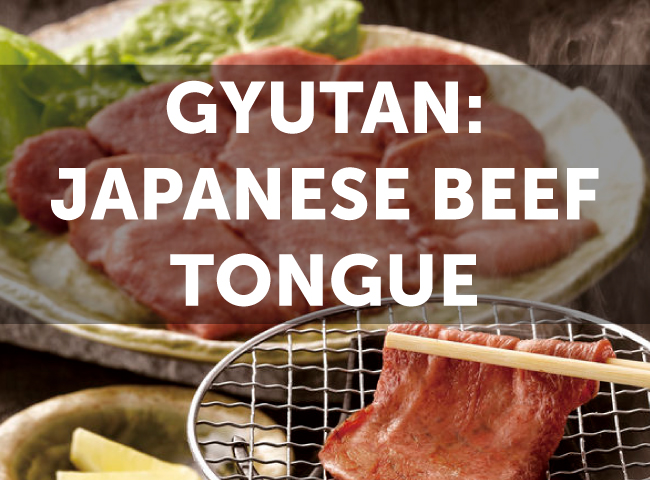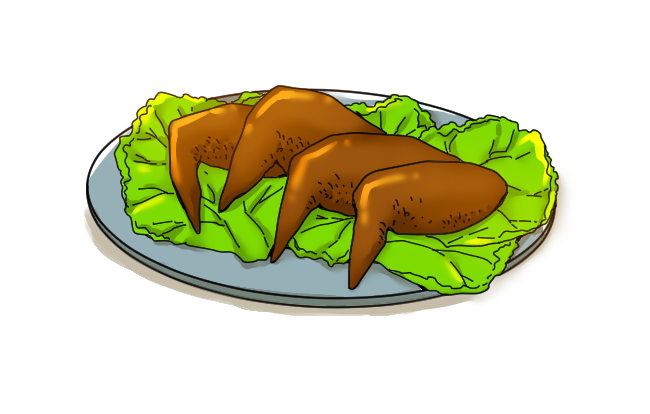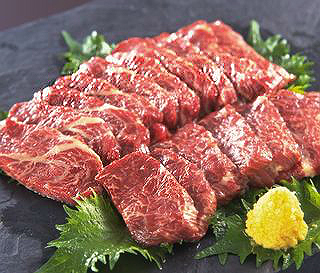10 Japanese Yakitori Types you Must Try: From Mune to Kawa
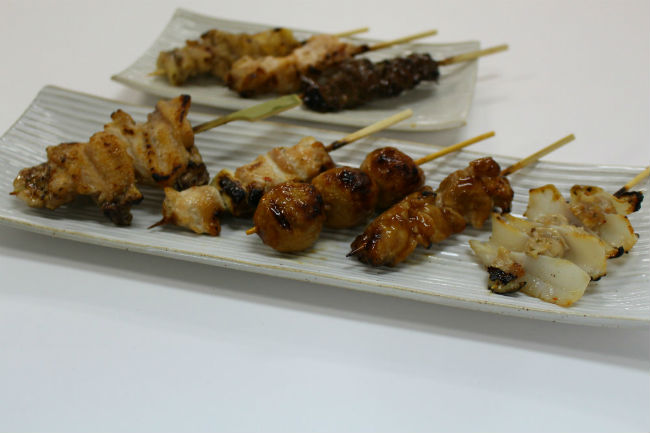
Skewered foods are some of the most popular in Japan. Cheap, easy to eat, and delicious with a cold beer, they can be enjoyed anywhere from izakaya pubs to yatai street food stands. One of the main types of skewered foods is yakitori—bite-sized pieces of chicken grilled over an open flame. The chicken is typically seasoned with shio (salt) or marinated in tare (sauce) and can be eaten with a number of condiments, such as wasabi horseradish, miso paste, and Japanese spices like sansho pepper and shichimi togarashi pepper. Japanese cooking emphasizes using the whole chicken to prevent wastefulness, and there are many varieties of Japanese yakitori available, each made from every part of the chicken. With so many options, it can be difficult to know where to start. Here are 10 of the best yakitori types—from highly popular items to some of the rarest cuts of meat—that you’ll definitely want to try.
Top 10 Best Yakitori Types
Mune (chicken breast)

Mune, or chicken breast, is one of the most common cuts of chicken used for Japanese yakitori. It’s a lean yet tender cut of chicken that’s very healthy. You may also see the tenderloin cut of chicken breast, known as sasami, on a yakitori menu. It’s popular to serve grilled mune or sasami with grated wasabi, a yakitori item called sabiyaki.
Tsukune (chicken meatball)
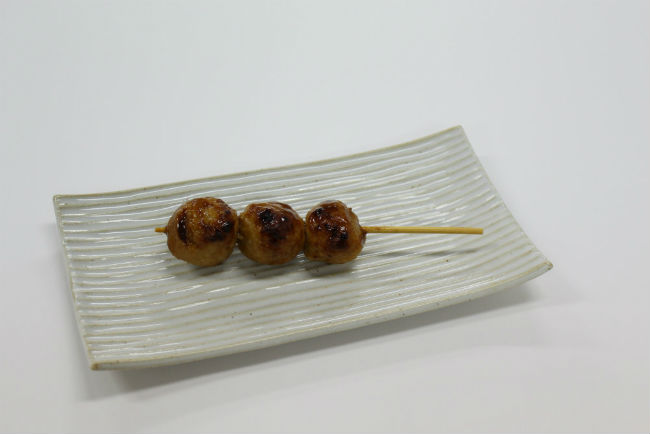
Tsukune is a chicken meatball made with minced chicken meat, chopped onions, and other ingredients like grated ginger or shiso herbs. It can be served as one long meatball or multiple smaller meatballs together on one skewer. Enjoy tsukune seasoned in tare, a sweet soy sauce, and try dipping it in some fresh egg yolk for a creamy flavor.
Reba (liver)

Reba (liver), also known as kimo, is a type of organ meat that you can enjoy when eating yakitori. It tastes best seasoned simply with salt and lightly grilled on the outside. Reba can become dry if overcooked; it should be left rare in the center, which gives the meat a rich, creamy texture. You should make sure to eat reba immediately after it’s served as the meat may continue to cook from residual heat after being removed from the grill.
Tebasaki (chicken wing tip)
Tebasaki are grilled chicken wing tips. When served as yakitori, tebasaki usually consists of the wing tip, separated from the wing shoulder, with several wing tips speared together on one skewer. Grilled wing tips are known for their tender but springy meat and crispy skin. There is a special method of eating wing tips in Japan, which is accomplished by holding the wing tip upright in your hand and snapping off the bit of cartilage at the top. This allows you to insert the entire wing tip in your mouth and pull off the chicken meat with your teeth. It’s a good way to get every bit of meat off the fragile bones.
Tebamoto (chicken wing shoulder)
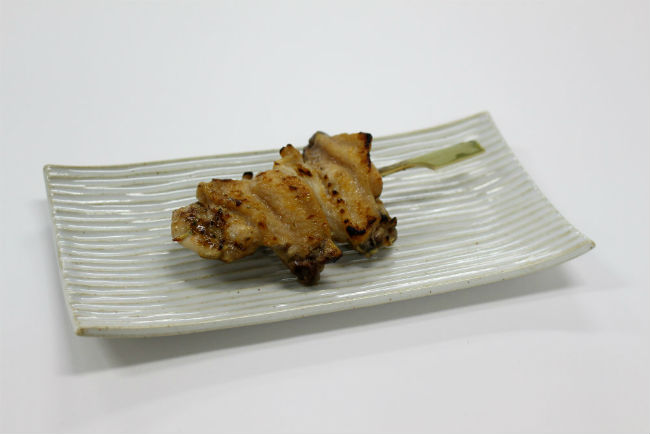
Tebamoto comes from the shoulder section of chicken wings. In Western cooking, this cut of meat is known as the chicken wing “drummette,” the section of the wing that’s frequently used to make buffalo chicken wings. They’re just as popular in Japan as they are in Western countries and taste great when grilled and glazed in a rich tare sauce.
Torinegi (chicken and leek)

Torinegi, also called negima or ikada, is one of the most popular kinds of Japanese yakitori. It’s made with negi (Japanese leek) skewered in alternating pieces with succulent bites of chicken thigh. The clean flavor of the grilled leek pairs well with the rich and juicy thigh meat.
Bonjiri (chicken tail)
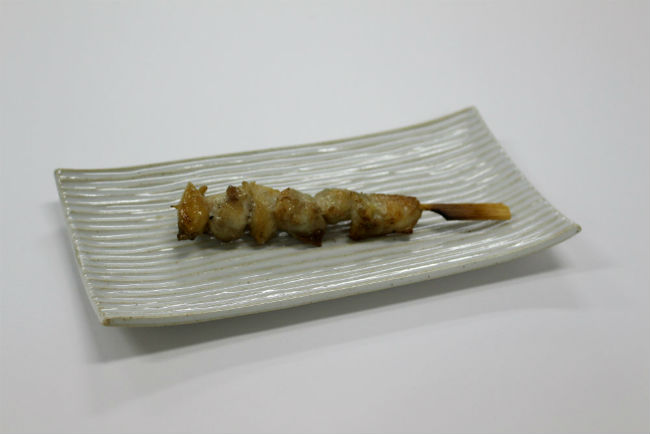
Bonjiri is meat taken from the tail of the chicken. It’s usually cut and skewered with some of the surrounding cartilage from the tail section, giving it a bit of crunch. Because this section is frequently exercised by the chicken as it moves its tail, the meat is very tender and muscular. The tail section is also where the chicken’s oil gland for waterproofing its coat is located. The oil gland is typically removed when the chicken is butchered, but it tends to give tail meat a unique flavor that bonjiri lovers rave about.
Kanmuri (chicken comb)
Kanmuri is the comb or crown of the chicken. Like bonjiri, kanmuri is an excellent example of using every part of the chicken possible. While it wouldn’t seem like chicken comb would be edible, the meat is actually thick and tender and an excellent source of collagen. When served in yakitori, the chicken combs are skewered and grilled until crispy. It’s an exceedingly rare cut of chicken that’s not frequently found on menus, so if you come across kanmuri, you should definitely give it a try. You may also see it labeled as tosaka or eboshi.
Seseri (chicken neck)
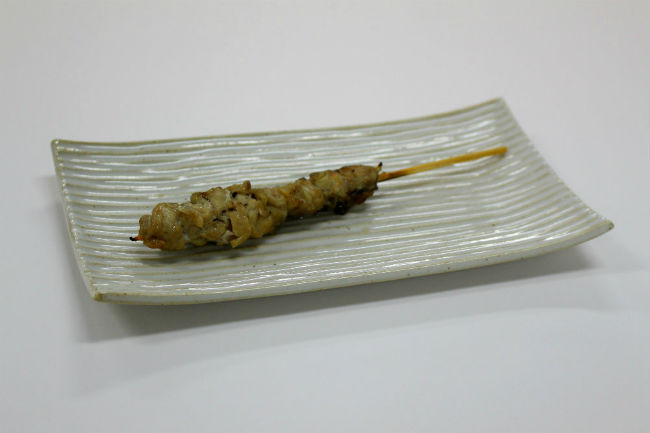
Seseri, also called kirin or nekku, is the cut of chicken meat from around the neck area. Like chicken tail, this muscle sees a lot of movement, so it’s very chewy and flavorful. Seseri is also very rich, due to its fat content, which is higher than chicken thigh meat. There’s a limited amount of neck meat per bird, so seseri is another yakitori cut that’s fairly uncommon and well worth trying when you come across it.
Kawa (chicken skin)
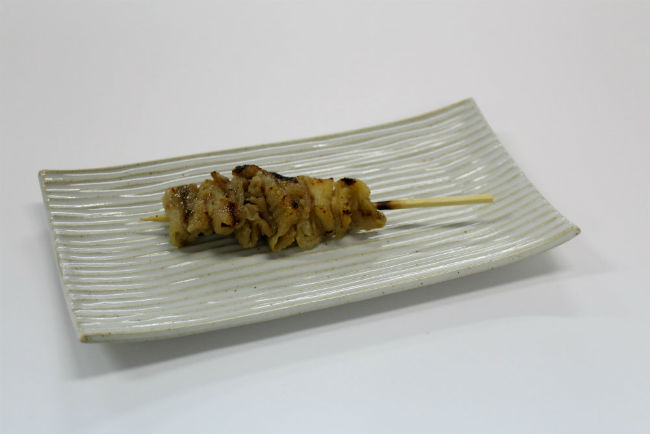
Kawa is chicken skin on skewers that has been grilled until crispy. The fatty chicken skin is full of collagen and has a springy texture. It goes great with a cold glass of beer, but as expected, kawa is extremely high in fat so you may want to enjoy it in moderation if you’re watching your waistline.
Japanese Yakitori Just the Beginning of Skewer-Food Heaven
Whether you’re looking for a quick snack at a tachinomi (standing) bar or wanting to enjoy a delicious meal at a yakitori restaurant, Japanese yakitori is the perfect food. With every part of the chicken being used, the best yakitori restaurants offer a wide variety of flavors and textures, so you can be sure to find something on the menu that suits your individual taste. Of course, if it’s skewered foods that spear your fancy, you might want to check out yakiton (grilled pork skewers) as well! Whether you love chicken, pork or meat, there’s no shortage of fantastic food on a stick in Japan.


